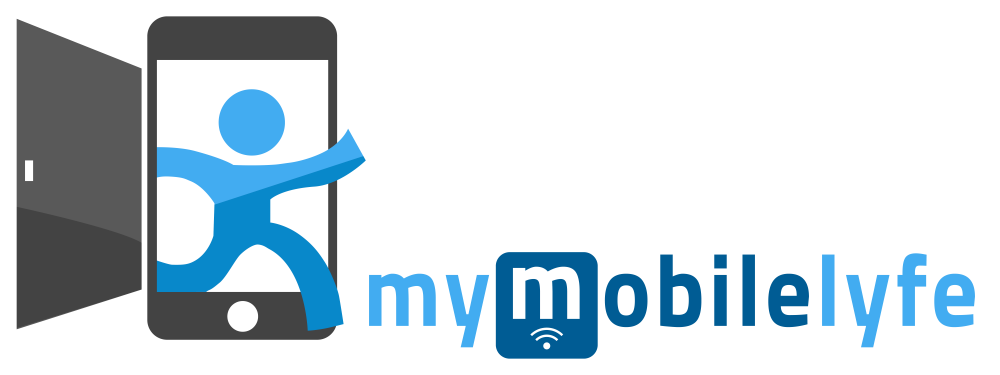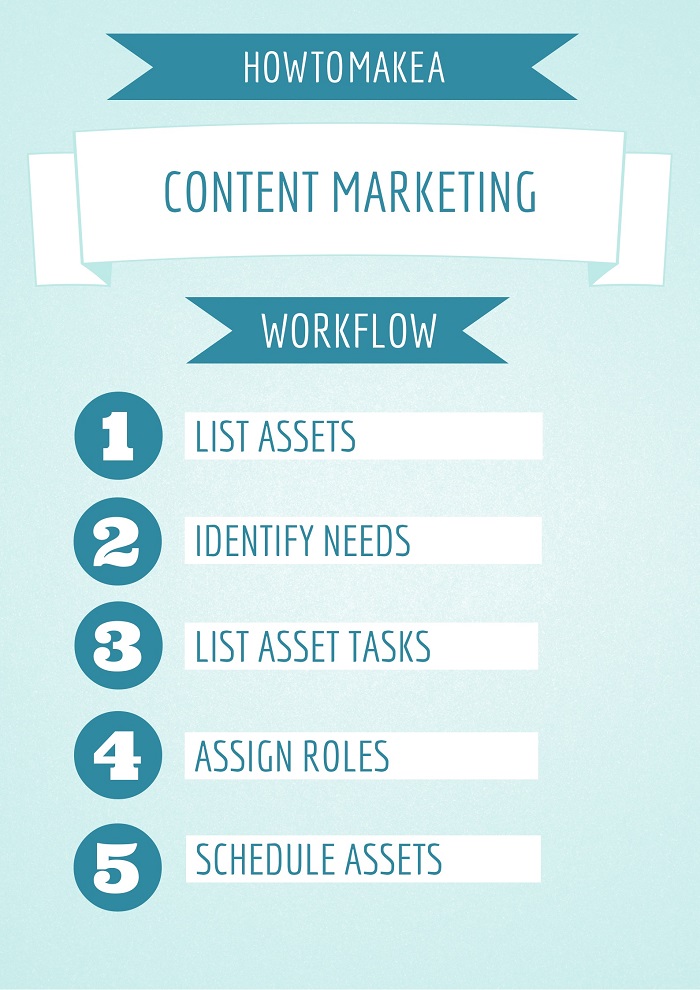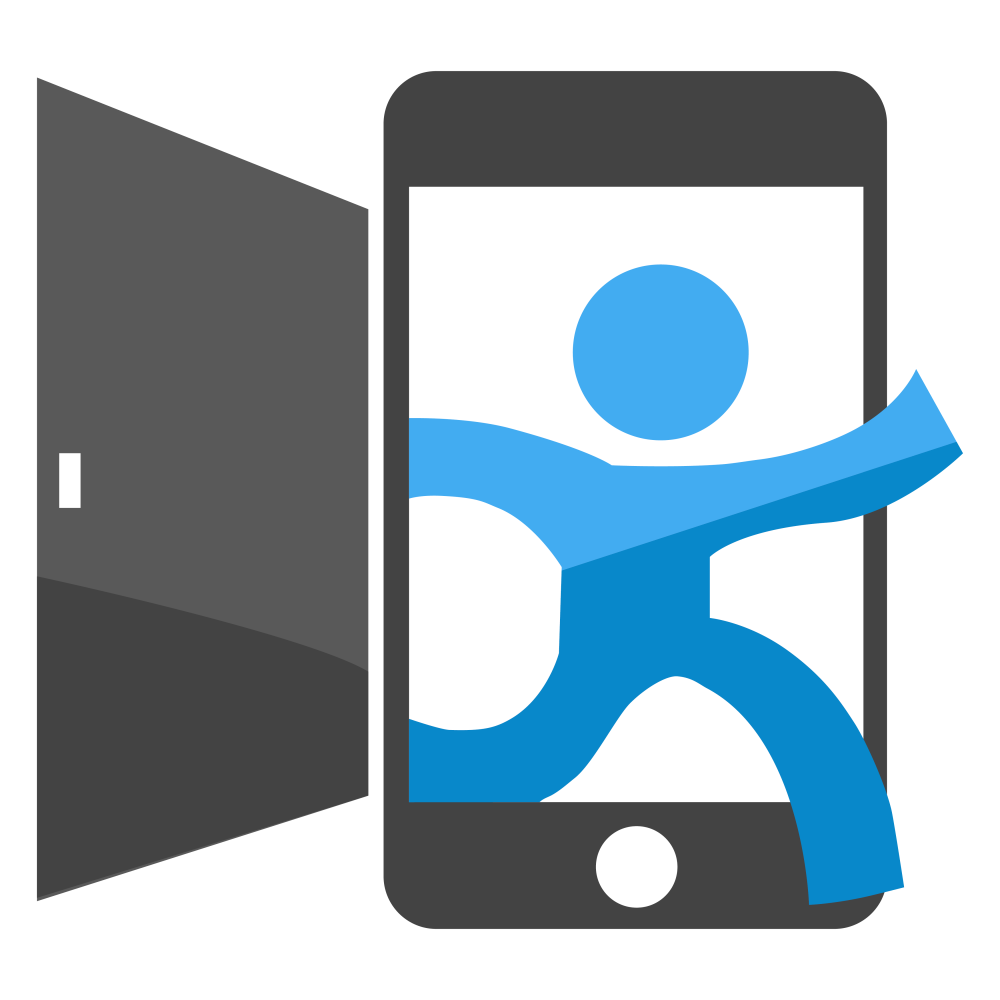Writing content for your business takes skill, practice, discipline and a keen knowledge of the subject. But then again, it is writing, and it’s often overlooked or the duties delegated.
Much of it has to do with consistently finding engaging topics to write about. Finding the right topic to create content is about knowing your audience. You’ll want to know what potential customers are searching for and what interests them. You’ll know when the topics you’re publishing are hitting the mark, but also when they’re not getting the reads.
If you, as a content creator, find yourself asking “What do I write about for my company,” here are some steps that can help.
Ask your customer service teams what audiences are looking for. Do they want tutorials about your product or service? A topic that centers around giving instructions might lend itself to blog posts, video content or lists. What are the needs of the audience, or problems they are experiencing? Think informational, rather than promotional, in your content topics.
News and industry topics convert into good, consistent content, especially if it involves your brand or business. Anything newsworthy about your brand or company is also content fodder.
Reviews and opinions are also good options, because they detail your company’s perspective on a particular topic. Interviews with people in your industry are also a solid bet.
Focus on topics that can perform and stand out. With that key element, your company can get the exposure that most businesses want.
We are MyMobileLyfe and we can help your company develop a content marketing strategy to reach people on the go. Click here to contact us.










Recent Comments